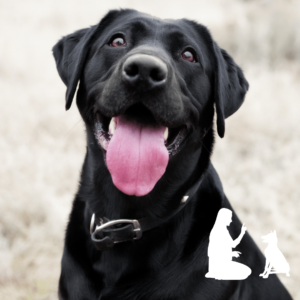
Grooming is an essential part of pet care, ensuring your dog stays clean, healthy, and happy. While many pet owners enjoy the bonding time that comes with grooming their dogs at home, there are times when professional help is necessary. In this guide, we’ll explore what you can comfortably handle at home and when it’s best to seek the expertise of a professional groomer.
1. Brushing
Regular brushing helps keep your dog’s coat clean and free of tangles. It also reduces shedding and stimulates the skin, promoting healthy hair growth. The frequency and type of brush needed depend on your dog’s breed and coat type. Short-haired dogs might need brushing once a week, while long-haired breeds may require daily attention.
2. Bathing
Bathing your dog at home can be a fun experience for both of you. Use a dog-specific shampoo to avoid skin irritation. How often you bathe your dog depends on their activity level and coat type. Typically, once a month is sufficient, but dogs with oily coats or skin conditions may need more frequent baths.
3. Nail Trimming
Regular nail trims prevent overgrown nails, which can cause discomfort and health issues. If you’re comfortable using a nail clipper or grinder, you can do this at home. Be cautious not to cut into the quick, the sensitive part of the nail, as it can cause pain and bleeding.
4. Ear Cleaning
Clean your dog’s ears regularly to prevent infections. Use a vet-approved ear cleaner and gently wipe the outer ear with a cotton ball. Avoid inserting anything deep into the ear canal, as this can cause injury.
5. Teeth Brushing
Dental hygiene is crucial for your dog’s overall health. Brush your dog’s teeth several times a week using a dog-specific toothbrush and toothpaste. Regular brushing helps prevent plaque buildup and dental disease.
1. Haircuts and Trims
While brushing and minor trims can be managed at home, full haircuts should be left to professionals. Groomers have the tools and expertise to safely and effectively cut your dog’s hair, especially for breeds with complex grooming needs like Poodles or Shih Tzus.
2. De-matting
If your dog’s coat becomes severely matted, it’s best to seek professional help. Mats can cause skin irritation and infection, and attempting to cut them out at home can result in accidental injuries.
3. Anal Gland Expression
Some dogs need their anal glands expressed periodically to prevent discomfort and infections. This procedure can be tricky and unpleasant, so it’s often best handled by a groomer or veterinarian.
4. Skin and Coat Treatments
If your dog has skin conditions, allergies, or parasites like fleas and ticks, professional groomers can provide specialized treatments that are more effective than over-the-counter products.
5. Behavioral Challenges
If your dog is anxious or aggressive during grooming, a professional groomer with experience in handling difficult pets can ensure the process is safer and less stressful for your dog.
Grooming your dog at home can be a rewarding experience, strengthening your bond and ensuring they stay clean and healthy. However, it’s important to recognize when professional grooming services are necessary to address specific needs or challenges. By balancing DIY grooming with professional care, you can ensure your dog looks and feels their best.
Remember, regular grooming is more than just maintaining your dog’s appearance; it’s a vital part of their overall health and well-being. Whether at home or with a professional, keeping up with grooming routines will lead to a happier, healthier pet.


